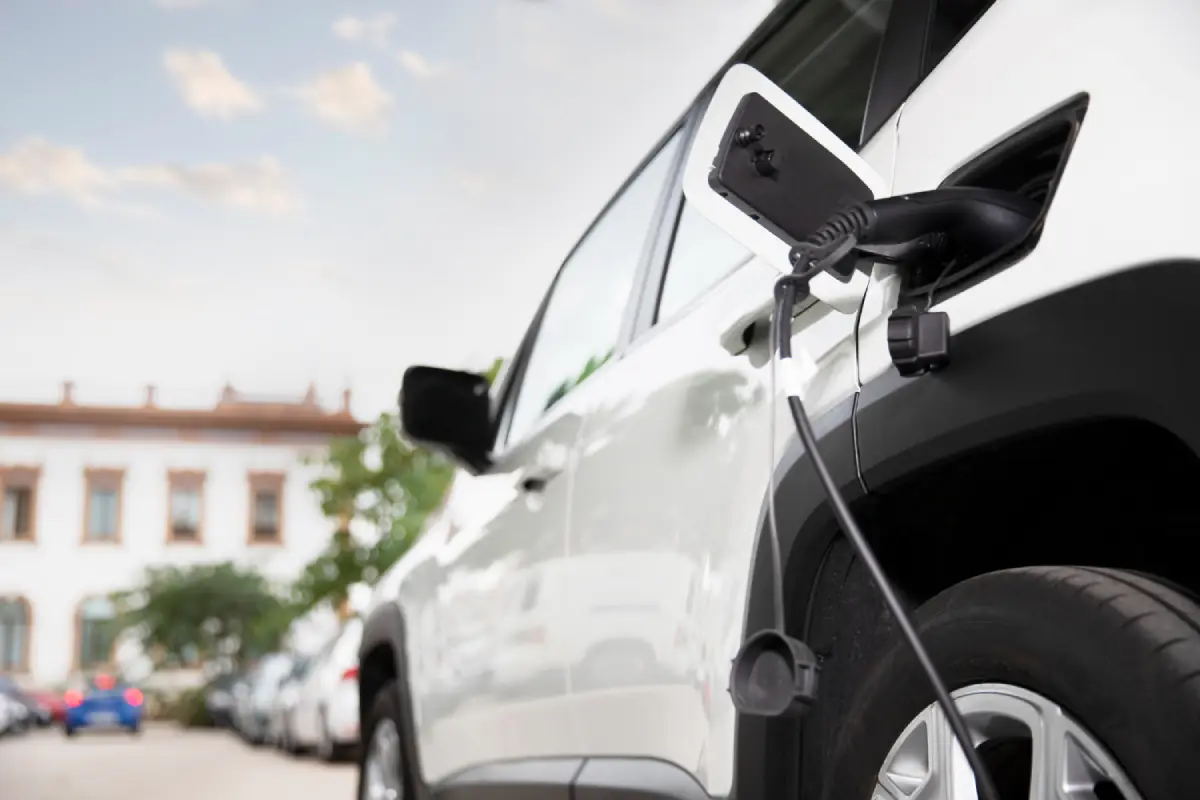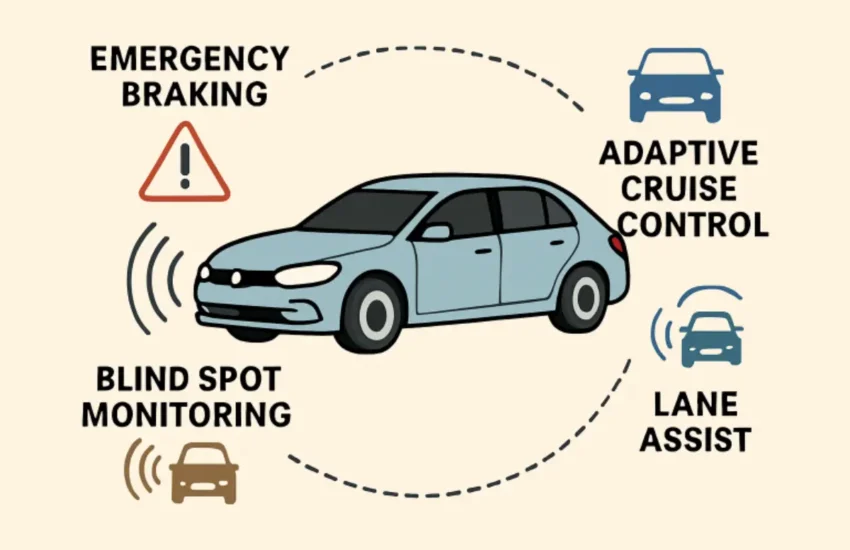
Modern driving has entered a new era with the rise of hybrid and electric vehicles (EVs). These vehicles are not only revolutionizing how people drive but are also prompting changes in environmental policy, consumer economics, and technological infrastructure. The demand for more efficient, environmentally friendly vehicles is pushing manufacturers and governments alike to rethink the future of transportation. For those interested in exploring the latest hybrid and electric models, there’s never been a better time to learn more about new vehicle options and technological innovations.
This ongoing transformation is more than a trend—it is a fundamental shift that impacts how cities are designed, people think about mobility, and how the environment is protected. With a broad range of new vehicles entering the market, drivers are now empowered with choices prioritizing sustainability and performance. Manufacturers embrace electrification and hybrid technologies to meet consumer expectations and regulatory requirements.
Contents
Rising Popularity of Hybrid Vehicles
Hybrid vehicles are popular as drivers look for a balance between fuel savings and range confidence. By integrating gasoline engines with electric motors, hybrids reduce fuel consumption and emissions without worrying about running out of battery power on longer trips.
Recent data from the automotive industry reveals that in the United States alone, hybrid sales have jumped by 76% in the past year, surpassing the one million units mark. This robust growth demonstrates how consumers embrace hybrids as a practical step toward full electrification. According to AP News, this popularity is expected to climb as more automakers introduce advanced hybrid models and government regulations encourage eco-friendly driving options.
Advancements in Electric Vehicle Technology
Innovation is at the heart of the electric vehicle revolution. EVs have seen unprecedented advancements in recent years, particularly in battery technology. The introduction of solid-state batteries has increased energy density, lengthened driving ranges, and enabled faster charging, directly addressing range anxiety—the most common concern among buyers.
Artificial intelligence (AI) is also making its mark, optimizing battery usage and predicting maintenance needs. As reported by Hybrid Car News, the industry’s momentum shows no sign of slowing, with connectivity features, smart navigation, and over-the-air updates enhancing the overall driving experience. These advancements are setting the stage for an automotive future that is safer, cleaner, and more connected than ever before.
Impact on Environment and Health
One of the primary motivations for embracing hybrid and electric vehicles is the positive impact on the environment and human health. Fully electric vehicles eliminate tailpipe emissions, dramatically reducing pollutants such as nitrogen oxides and particulate matter. The wide adoption of EVs can lead to substantial improvements in urban air quality, potentially saving thousands of lives each year by minimizing respiratory and cardiovascular health risks associated with air pollution.
However, experts caution that non-exhaust emissions—like tire and brake dust—remain challenges for manufacturers to address. A report from the New York Times highlights ongoing research efforts to reduce these secondary emissions and further improve urban living standards.
Economic Implications for Consumers
Economic considerations also shape the transition to hybrid and electric vehicles. While the upfront cost of EVs can be higher than that of conventional cars, the lifetime ownership costs often tip the scales in favor of EVs. EV owners benefit from significantly lower fuel and maintenance expenses—electric motors have fewer moving parts and require less routine service.
Furthermore, generous federal and state incentives, including tax credits and rebates, make EVs and hybrids more accessible for budget-conscious consumers. According to an analysis by Consumer Reports, many EV drivers break even—or save money—in just a few years when factoring in these lower running costs and available financial incentives.
Challenges in Infrastructure and Adoption
Despite the progress, challenges remain. The most significant barrier to widespread EV and hybrid adoption is the uneven development of charging infrastructure. Urban areas are increasingly equipped with high-speed charging stations, whereas rural and suburban drivers may struggle to find convenient charging options.
Range anxiety, or the fear of running out of power far from a charging station, persists for many would-be buyers. Creative solutions such as charging-while-driving lanes have emerged, but these systems introduce new risks for traffic flow and safety. A study featured on arXiv explores the potential impact of these technologies on road systems, highlighting both the promise and challenges as infrastructure continues to evolve.
Future Trends in the Automotive Industry
The journey toward a fully electrified and sustainable automotive market is just beginning. Automakers are integrating renewable energy sources, such as solar panels on vehicle roofs, to boost efficiency and reduce reliance on grid electricity. Wireless charging, smart grids, and over-the-air software updates are becoming increasingly commonplace, paving the way for smarter and more autonomous driving experiences.
The rise of self-driving systems and connected vehicles promises enhanced safety and convenience while redefining the relationship between drivers, cars, and the broader environment. As industry investment and policy support continue to grow, expect the automotive landscape to evolve toward sustainability, connectivity, and unprecedented innovation.
Hybrid and electric vehicles represent a turning point in modern driving, delivering benefits for the environment, consumer budgets, and the broader society. Their continued evolution will shape a more efficient, safe, and sustainable future on the road.
Final Thoughts
Hybrid and electric vehicles are redefining what it means to drive in the modern era, offering a compelling mix of sustainability, innovation, and cost-efficiency. As technology advances and charging infrastructure expands, these vehicles become more accessible and practical for everyday drivers.
Their growing popularity signals a shift toward cleaner transportation and greater environmental responsibility. Embracing these changes means participating in a movement that prioritizes personal convenience and the planet’s future, driving forward with purpose and progress.



Leave a Reply
You must be logged in to post a comment.